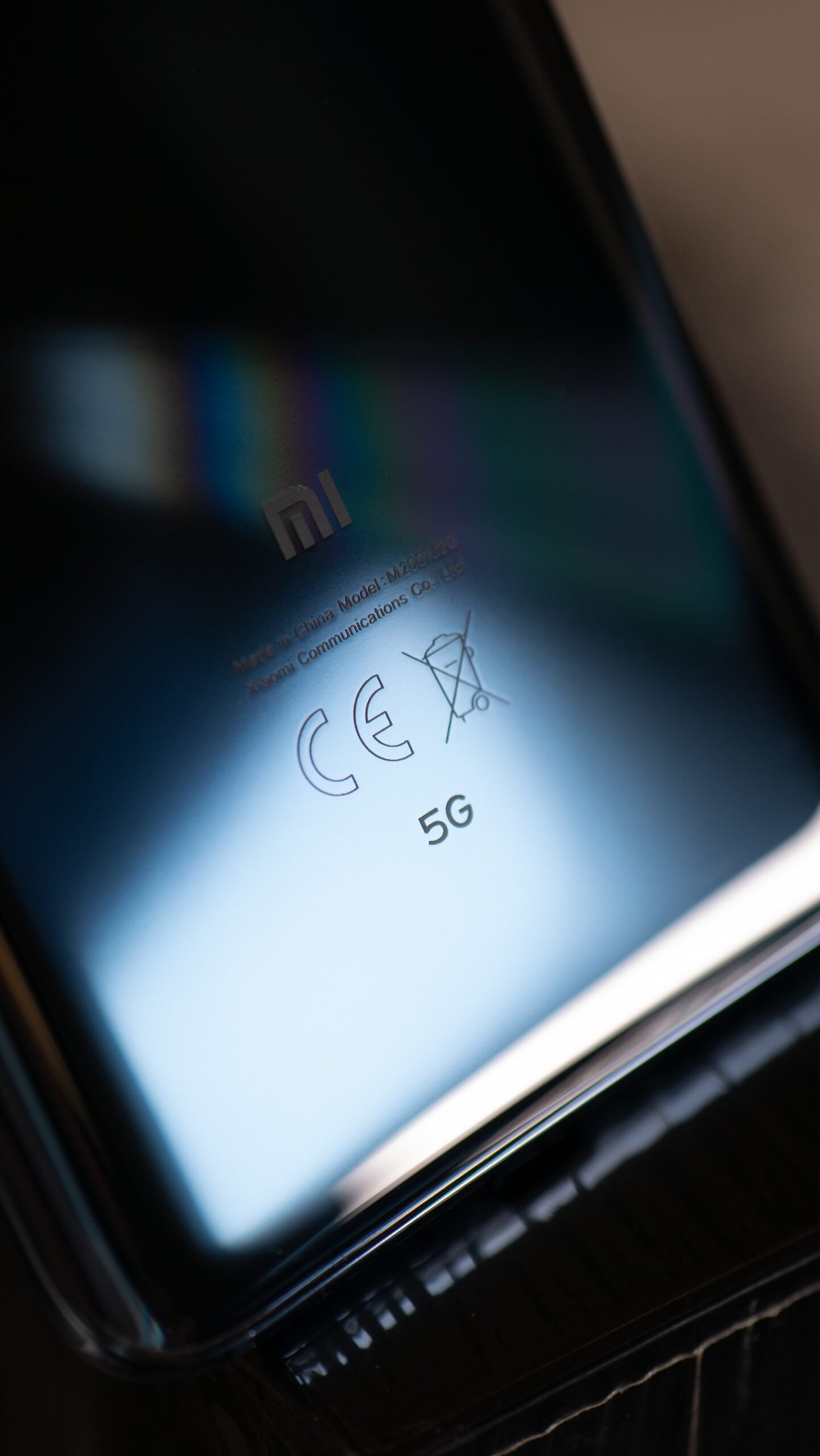Mobile connectivity has come a long way since the inception of the first generation of wireless communication technology. With each subsequent generation, we have witnessed significant advancements in terms of speed, reliability, and overall performance. The latest buzzword in the world of mobile connectivity is 5G, which promises to revolutionize the way we connect and communicate.
Understanding 5G
5G, short for fifth-generation, is the next step in the evolution of wireless communication. It is designed to provide faster speeds, lower latency, and increased capacity compared to its predecessor, 4G. With 5G, users can expect download speeds of up to 10 gigabits per second, enabling seamless streaming, faster downloads, and improved overall performance.
One of the key features of 5G is its ability to handle a massive number of connected devices simultaneously. This is particularly important as the Internet of Things (IoT) continues to grow, with billions of devices expected to be connected to the internet in the coming years. 5G will provide the necessary infrastructure to support this exponential increase in connected devices and enable a truly interconnected world.
The Benefits of 5G
With its lightning-fast speeds and low latency, 5G has the potential to transform various industries and sectors. Here are some of the key benefits of 5G:
1. Enhanced Mobile Broadband:
5G will bring about a significant improvement in mobile broadband, allowing users to stream high-definition videos, play online games, and download large files with ease. This will enhance the overall user experience and open up new possibilities for entertainment and productivity on mobile devices.
2. IoT and Smart Cities:
As mentioned earlier, 5G will play a crucial role in the development of IoT and smart cities. With its ability to handle a massive number of connected devices, 5G will enable seamless connectivity between various devices, sensors, and systems. This will pave the way for smart homes, smart transportation, and efficient city management.
3. Healthcare and Remote Surgery:
5G’s low latency and high bandwidth will revolutionize the healthcare industry. With the introduction of 5G, doctors will be able to perform remote surgeries with minimal delay, enabling them to provide medical assistance to patients in remote areas. Additionally, 5G will enable the transmission of large medical files and real-time monitoring of patients, improving the overall quality of healthcare.
4. Autonomous Vehicles:
Autonomous vehicles heavily rely on real-time communication and data exchange. 5G will provide the necessary infrastructure for autonomous vehicles to communicate with each other and with the surrounding environment, ensuring safe and efficient transportation. This technology has the potential to revolutionize the way we travel and reduce traffic congestion.
The Future of 5G
While 5G is still in its early stages of deployment, researchers and experts are already looking ahead to the future of mobile connectivity. Here are some of the potential developments we can expect:
1. 5G-enabled Virtual Reality (VR) and Augmented Reality (AR):
With its high speeds and low latency, 5G will unlock new possibilities for immersive technologies like VR and AR. Users will be able to experience realistic virtual environments and interact with virtual objects in real-time. This has implications not only for entertainment but also for areas such as education, training, and remote collaboration.
2. Edge Computing:
Edge computing is a distributed computing paradigm that brings computing resources closer to the end-users. With 5G, edge computing will become more prevalent, enabling faster processing and reduced latency for applications that require real-time data analysis. This will be particularly beneficial for applications like autonomous vehicles, industrial automation, and smart cities.
3. Advanced Robotics:
5G will also drive advancements in the field of robotics. With its high speeds and low latency, robots will be able to communicate and interact with each other in real-time, enabling collaborative tasks and improving overall efficiency. This has implications for industries such as manufacturing, logistics, and healthcare.
Conclusion
As 5G continues to roll out across the globe, we can expect a new era of mobile connectivity and communication. With its lightning-fast speeds, low latency, and ability to handle a massive number of connected devices, 5G will unlock new possibilities and transform various industries. From enhanced mobile broadband to IoT, healthcare, and autonomous vehicles, the future of 5G is full of exciting opportunities. As we embrace this new technology, it is crucial to ensure that it is deployed securely and responsibly to maximize its potential.





